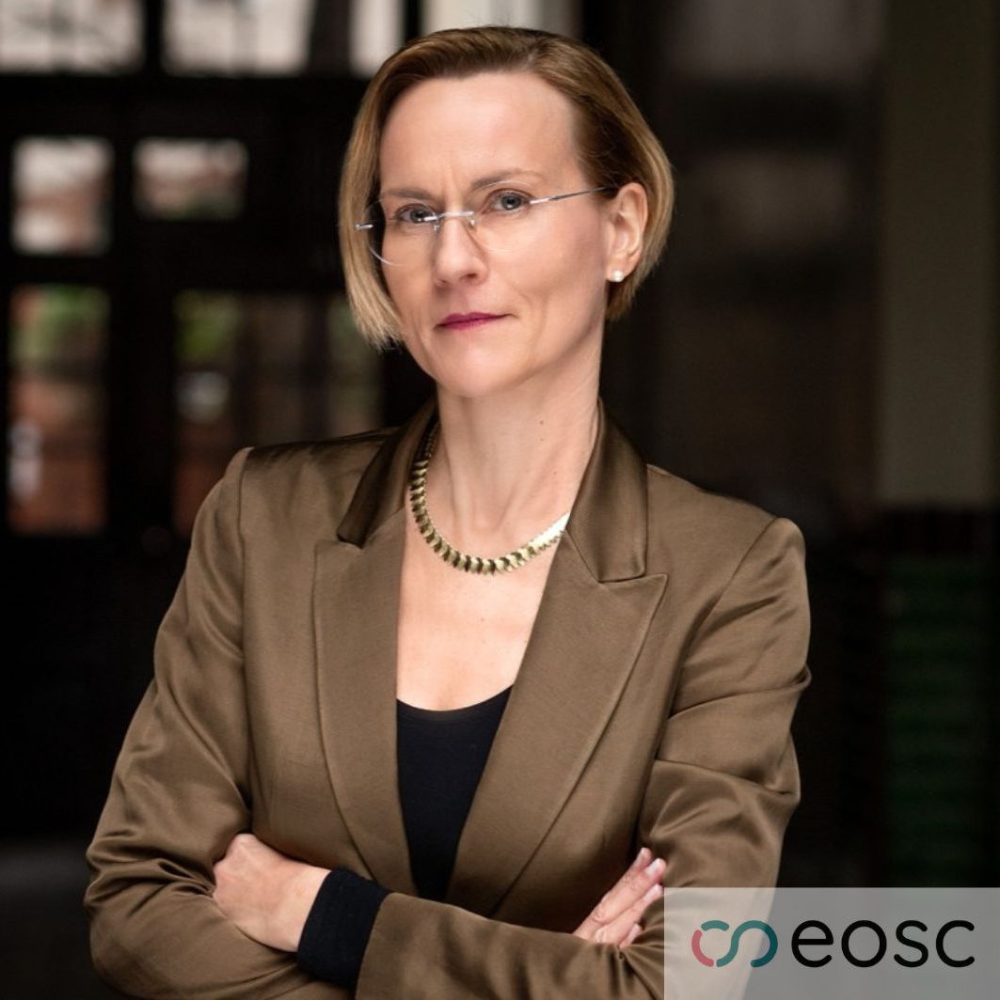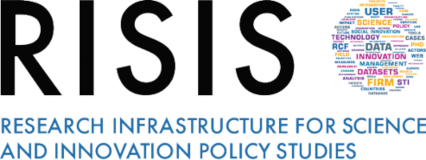
Interview with Ute Gunsenheimer
Secretary General EOSC Association
Open Science is not only a paradigm but also a practice, or a set of practices, and among the objectives of the EOSC Partnership is to facilitate the development of the skills that enable those practices across Europe’s many research communities. It is worth mentioning that 2023 is the European Year of Skills, an initiative of the European Commission, and this concept of upskilling, training and innovation is also central to the objective of making Open Science the new normal among Europe’s researchers.
Alessia Fava
What is the purpose of the EOSC Association, and how does it aim to promote Open Science and optimize conditions for research outcomes? How has the European Open Science Cloud (EOSC) evolved since its initial phase?
As your two-part question suggests, the EOSC Association represents a critical stage in the evolution of EOSC, while at the same time, the future of the Association is central to the question of how EOSC should evolve.
The purpose of the Association, which is only three years old this month, is to advance Open Science to accelerate the creation of new knowledge, inspire education, spur innovation, and promote accessibility and transparency. We serve as the voice of the community that is co-creating EOSC.
The Association consists at this moment of more than 250 Member and Observer organisations (mostly research performing and research funding organisations as well as service providers), and that membership is committed to delivering the objectives of the co-programmed European Partnership for EOSC.
Establishing the Horizon Europe Partnership itself was a major milestone in the evolution of EOSC, as it brought together the Association, the European Commission, and the EU member state representatives, as the EOSC Steering Board, to form what has come to be known as the Tripartite Collaboration. The objectives of the Partnership are outlined in the Memorandum of Understanding agreed between the EOSC Association and the European Union, and achieving these is what drives the work we do at the Association.
Those objectives, to get to the heart of your question, are, first, to ensure that Open Science practices and skills become the new normal. Secondly, to enable researchers, through various means, to find, access and reuse stored data. And, finally, to establish a sustainable and federated infrastructure—the ‘web of FAIR data and services that we call EOSC—across which researchers can act both to make the data available and to make use of it.
Pathways to achieving these objectives include the 13 EOSC Association Task Forces, which include some 400 volunteers from the global research community, and the EOSC Partnership’s 19 (and counting) Horizon Europe projects directly contributing to the implementation of EOSC. Helping to coordinate all of these contributions is yet another role of the EOSC Association.
What are the key principles of the Open Science paradigm, and how do they influence the research cycle and its stakeholders?
Open Science is not only a paradigm but also a practice, or a set of practices, and among the objectives of the EOSC Partnership is to facilitate the development of the skills that enable those practices across Europe’s many research communities. It is worth mentioning that 2023 is the European Year of Skills, an initiative of the European Commission, and this concept of upskilling, training, and innovation is also central to the objective of making Open Science the new normal among Europe’s researchers.
But training and socialization are not enough. Research practices are embedded in the culture of the universities, labs, and institutions where research is recognized and rewarded, and the incentives that drive researchers’ career paths must also begin to change. Speeding up policy changes at the European, national, and institutional levels is critical to overcoming this cultural inertia and essentialising Open Science. This is one of EOSC’s greatest strategic challenges.
That said, the primary stakeholder group for Open Science is society at large. Much of Europe’s research is publicly funded, and optimising its usage through the application of FAIR standards is a major step toward some of the breakthrough science that is necessary to confront the Grand Challenges, the EU Missions, and to create opportunities yet to be imagined.
How can joining the EOSC Association benefit organizations in terms of shaping the strategic development of the European Open Science Cloud and accessing policymakers at European and national levels?
Becoming a member of the Association sets an organisation on the path—though many are there prior to joining—to actively contributing to the implementation of EOSC. The first point of entry is often through the Association’s open consultations, including those that shape the EOSC Partnership’s Strategic Research and Innovation Agenda, the ‘SRIA’, and its Multi-Annual Roadmap. Together, these documents guide the overall implementation strategy for EOSC, and they are revised regularly on the basis of structured inputs from our members.
Each member of the Association also has the opportunity to make in-kind contributions direct to the implementation of EOSC, through what the Partnership calls ‘Additional Activities’. This can include technical developments, the establishment of common standards, stakeholder engagement, skills and training, and a wide range of policy work, which together all come together to create EOSC. An important conduit for some of these activities is the 13 EOSC Association task forces.
Members have, of course, voting rights in the EOSC Association’s General Assembly, where strategic decisions are made. The General Assembly also creates new opportunities to establish cross-disciplinary and cross-border relationships in the contexts of Open Science and innovation.
Finally, one of the Association’s major activities is to facilitate national-level events that bring our members together with their country’s policymakers and funding agencies. These events also function to connect these representatives with their European counterparts at the Commission.
What are the main areas of focus for the EOSC Association, particularly in terms of implementing EOSC, technical challenges, metadata and data quality, and research careers and curricula?
The Association is still a young organisation and this presents us with something of a paradox. We remain highly focused on ‘operationalising’ EOSC through such activities as monitoring and reporting, facilitating the work of the task forces, engaging and communicating with the wider research and policy communities, and helping to harmonise the relevant EU projects. On the other hand, we spend a good deal of energy looking many years ahead, both in the context of the continuous development of the SRIA and its Multi-Annual Roadmap, and in helping to define what form EOSC governance and operations will take when the current Partnership concludes at the end of the Horizon Europe framework programme.
The EOSC Association also serves as coordinator for the aptly-named EU project, EOSC Focus, which serves as a tool for coordinating the extremely broad base of activities that go into creating EOSC. The inspiration for EOSC Focus came out of the lessons learned from Horizon 2020, where there was no mandated coordinating function to bring the many EOSC projects and their results together.
As an expert in the field of Open Science, how do you perceive the RISIS project’s objectives of transforming the science, technology, and innovation sector into an advanced research community?
The initiative underlying the RISIS project dovetails with the EOSC initiative at many points, including in its objective to consolidate research communities and in its technical implementation as a coordinating hub of data and services. So, while EOSC is not an e-infrastructure like RISIS, the effort to bring research communities together via the co-creation of an enabling set of technologies looks very familiar to us. So does, not coincidentally, the work to define a strategic framework that can enable such a project.
Like RISIS, EOSC is central to the ambitions of the European Research Area. The EU Competitiveness Council identified enabling Open Science as Priority Action 1 for the “Future Governance of the European Research Area”, and this position was endorsed by the ERA Forum 2021. Our Partnership’s EOSC Steering Board, together with the national-level events I mentioned earlier, have been designated as the mechanisms by which to achieve this.
What are the key benefits you see in terms of facilitating transnational access to research infrastructure and leveraging RISIS datasets and organization registers to study the dynamics of knowledge?
True transnational access to RIs is a longstanding goal of the ERA and the initiatives that preceded it, and the code has not yet been cracked. Any project or initiative that advances the possibility of seamless access across Europe’s RIs has an inherent impact that goes beyond its own specific research and innovation outcomes.
This is doubly true for a project like RISIS, which has the ambition to grease the wheels in the exchange between European industry and Europe’s RIs. Enabling these massive datasets to bounce off one another and researchers to analyse the dynamics of contemporaneous knowledge creation across Europe is, of course, a very exciting prospect! It is easy to imagine that these outcomes have the potential to open a new frontier in the collaboration between science and industry in Europe.
Open science has been recognized as a political priority for the European Union, as evidenced by various Council Conclusions and recommendations. What initiatives or strategies are being developed to increase awareness and understanding of the FAIR principles among researchers, especially young researchers who form a vital part of the academic community?
The uptake of FAIR practices among Europe’s researchers is steadily increasing: this is not only addressed by several of our EOSC Association Task Forces, but also through several projects funded by Horizon Europe such as FAIR-IMPACT, which supports the implementation of FAIR-enabling practices, tools and services across scientific communities at a European, national and institutional level or Skills4EOSC, which sets up a pan-European network of competence centers to speed up the training of European researchers and harmonise the training of new professional figures for scientific data management.




